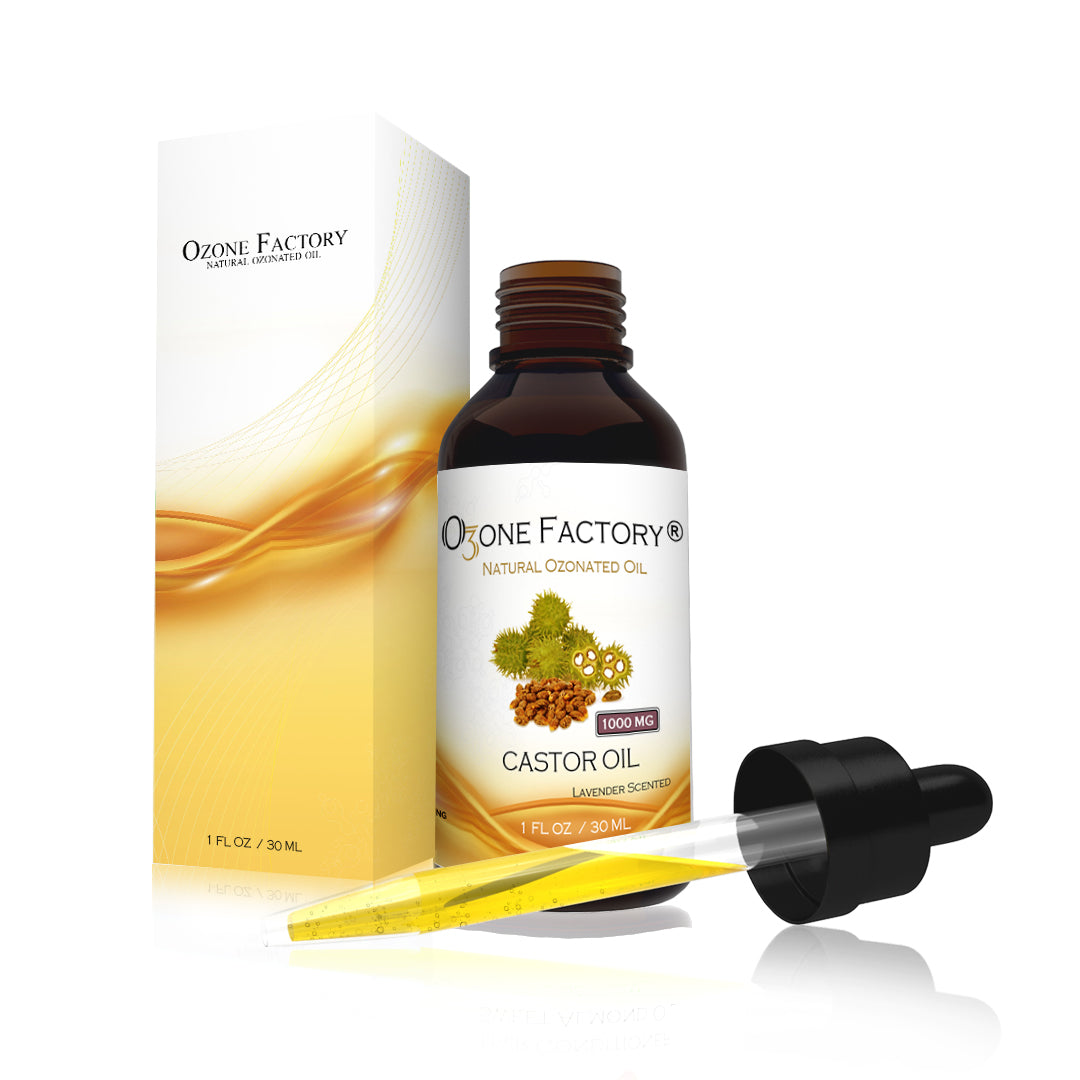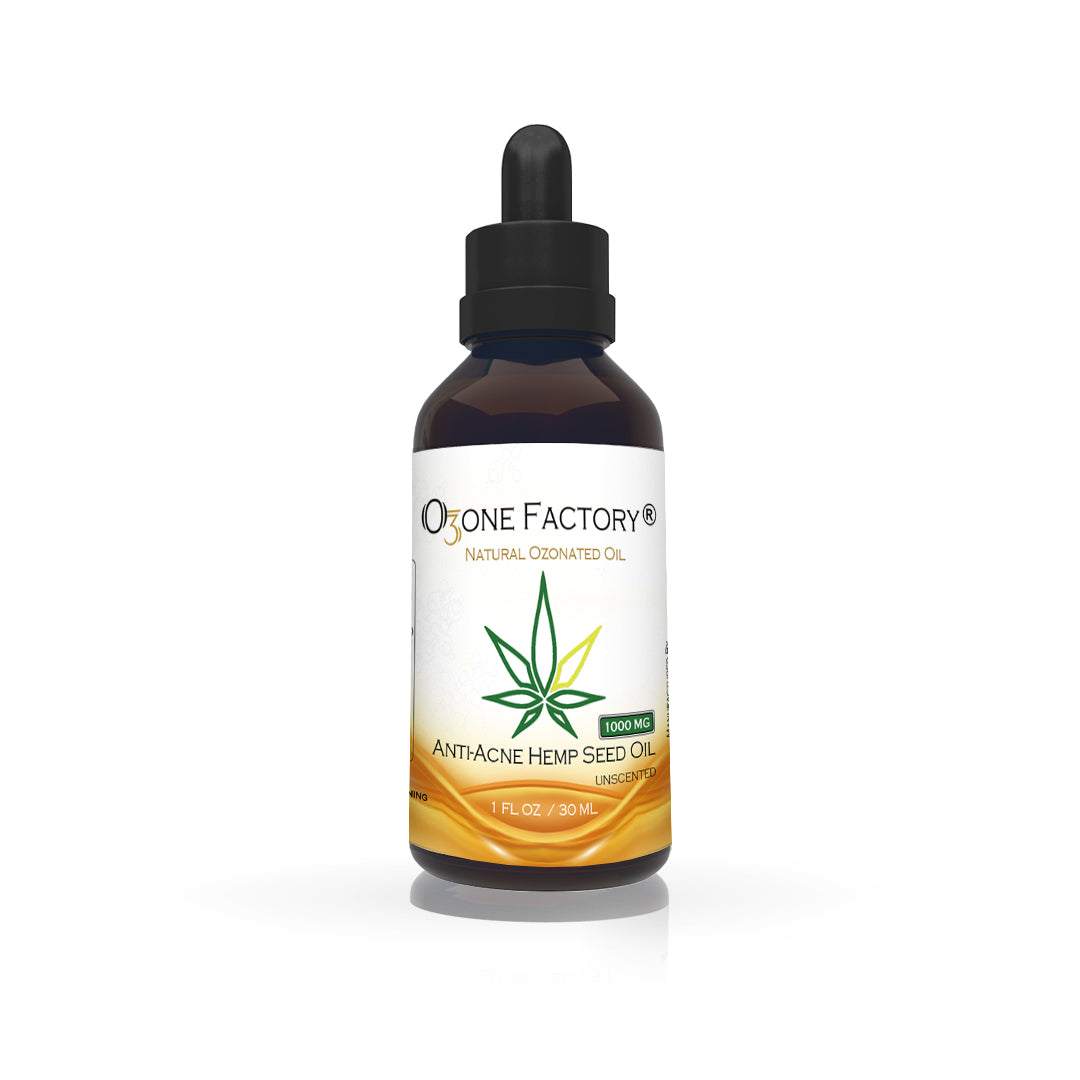
Understanding Perioral Dermatitis
Perioral dermatitis presents as a rash that typically appears around the mouth but can also extend to the nose and eyes. The condition manifests as small red bumps, often accompanied by a burning sensation and itching. While the exact cause remains unknown, several factors are thought to contribute to its development:
1. Topical Steroids: Prolonged use of topical steroids is a well-documented trigger. Many patients report onset after using steroid creams for other skin conditions.
2. Hormonal Factors: Fluctuations in hormones, such as those during the menstrual cycle, can exacerbate symptoms.
3. Cosmetic Products: Certain facial creams, moisturizers, and makeup products can irritate the skin and trigger perioral dermatitis.
4. Microbial Factors: The role of bacteria and fungi in the development of perioral dermatitis is also under investigation, though no definitive pathogen has been identified.

Traditional Treatment Approaches
Treating perioral dermatitis often involves a multi-faceted approach. Commonly recommended strategies include:• Discontinuation of Steroids: Ceasing the use of topical steroids is essential, despite potential initial worsening of symptoms.
• Topical Antibiotics: Metronidazole and clindamycin are frequently prescribed to combat bacterial components.
• Oral Antibiotics: For more severe cases, oral antibiotics like tetracycline or doxycycline may be used.
• Gentle Skincare: Switching to non-irritating, fragrance-free skincare products helps minimize further irritation.
Ozonated Oils: A Natural Remedy
Ozonated oils have gained attention as a natural treatment option for various skin conditions, including perioral dermatitis. These oils are created by infusing a base oil, such as olive oil or sunflower oil, with ozone gas. The result is an oil enriched with ozone, which offers potent antimicrobial and healing properties.Mechanism of Action
Ozonated oils work through several mechanisms:1. Antimicrobial Properties: The ozone in the oil has strong antibacterial, antifungal, and antiviral effects, which can help reduce the microbial load on the skin.
2. Anti-Inflammatory Effects: Ozone helps modulate the inflammatory response, reducing redness and swelling associated with perioral dermatitis.
3. Skin Healing: Ozonated oils promote the regeneration of skin cells and improve blood circulation, which aids in the healing process.
Application and Benefits
Using ozonated oils for perioral dermatitis involves applying a small amount of the oil to the affected areas once or twice daily. Patients typically notice improvements in symptoms such as redness, itching, and the appearance of bumps within a few weeks.

Benefits of Ozonated Oils
• Natural Alternative: Provides a chemical-free option for those seeking to avoid traditional medications.• Minimal Side Effects: Generally well-tolerated with a low risk of adverse effects.
• Multi-Functional: In addition to treating perioral dermatitis, ozonated oils can be beneficial for other skin issues such as acne, eczema, and fungal infections.






